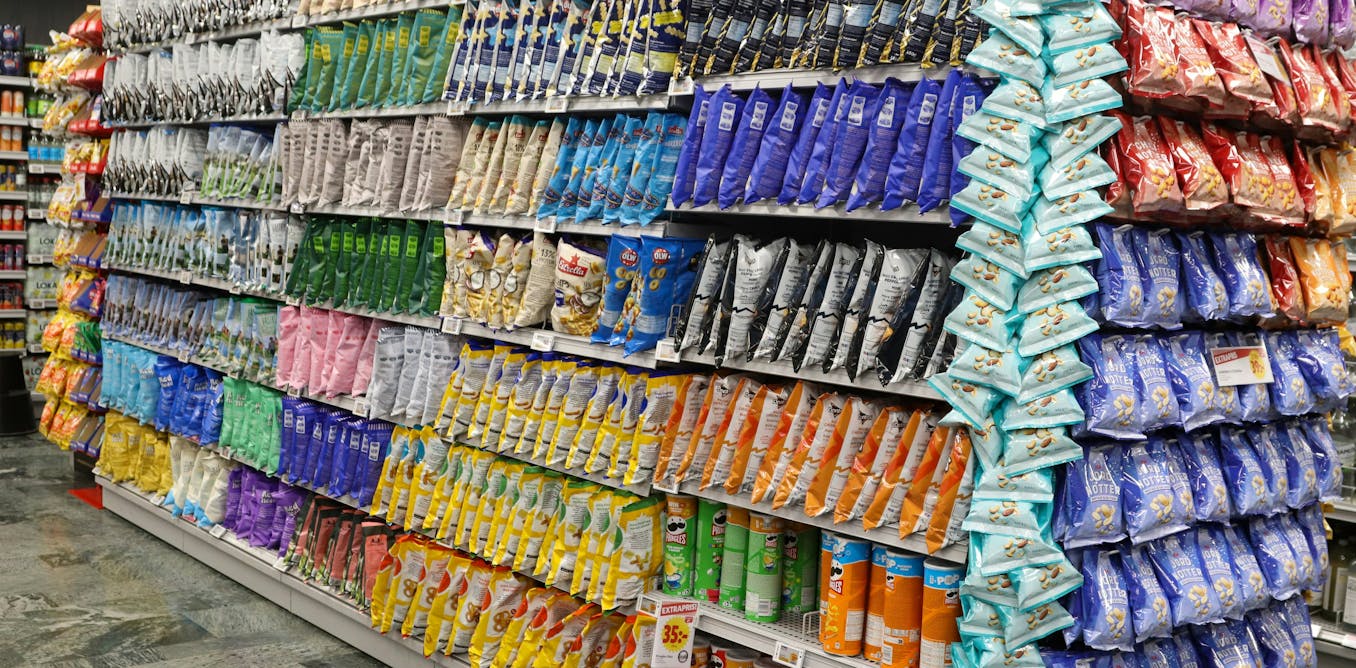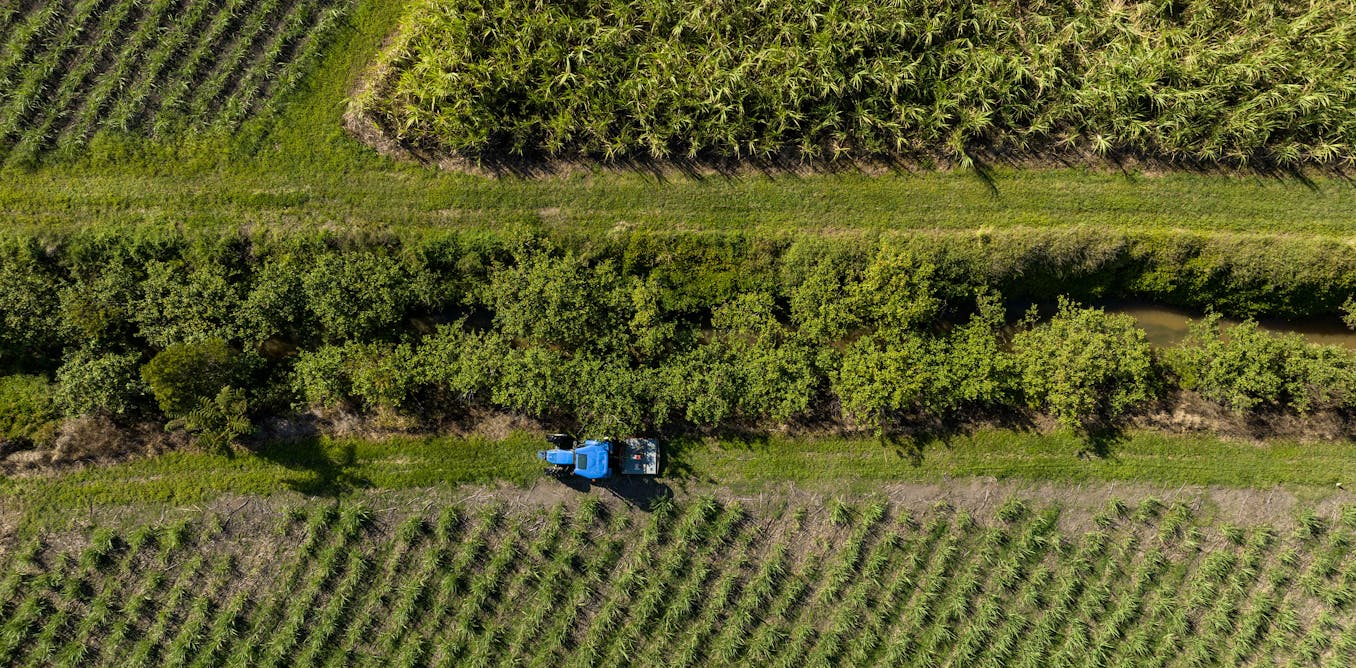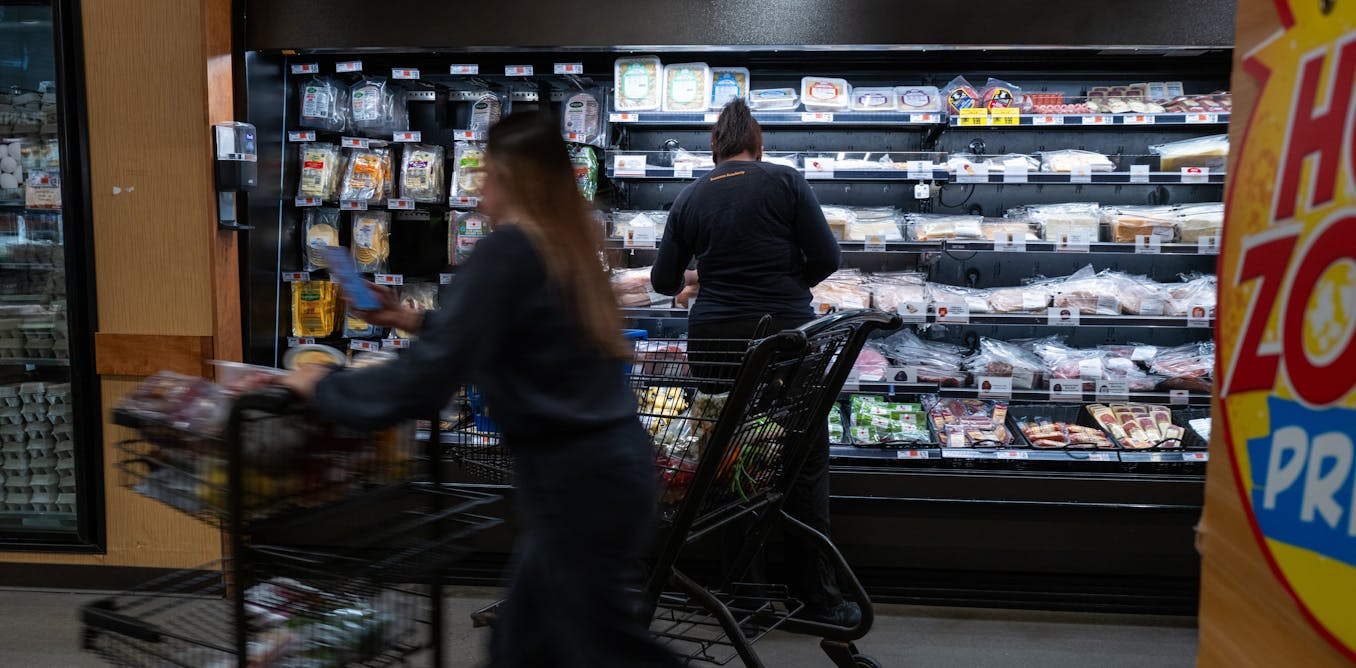Local food systems are often viewed as alternatives to the global food system to stress their “promise of difference.”
Research supports several benefits associated with local food systems, although not without nuances and controversy. These benefits include their ability to reconnect consumers and producers, encourage consumption of fresh and nutritious products, support local producers and boost local economies.
But many myths have also been debunked, such as the “local trap” — the belief that just because it is “local,” it is more ecological, just or ethical.
Poor salaries and underpaid labour
Recent research questions the assumption that any alternative to industrial labour practices are better. Based on an analysis of job openings in alternative food systems in the United States during the 2010s, one study found that many of these jobs were underpaid and did not pay competitive salaries.
The local food movement often argues that low conventional food prices do not include the “true cost” of food production. But, if local food systems rely on poor salaries, they fail to address this issue as well.
The issue of migrant farm labour is a complex one in North America. In the U.S., legislation made great strides to protect migrant farm workers from abusive labour contractors through the 1983 Migrant and Seasonal Agricultural Worker Protection Act.
(Shutterstock)
However, there remains an exception that protects farmers who employ migrant farm workers and keeps farm workers in general in a precarious situation, refusing them basic labour rights such as overtime protection .
This exceptionalism also applies to Canada. Canada issues closed work permits to temporary agricultural workers without a secured pathway to permanent residence, unlike other work permits.
Its temporary foreign worker programs are “a fertile ground for contemporary forms of slavery,” according to the United Nations Special Rapporteur.
What is surprising, however, is that local food systems also seem to increasingly rely on this type of labour while neglecting to acknowledge the presence of these racialized workers in their marketing campaigns. This reliance on migrant farm workers also questions how “local” the products really are.
Reliance on unpaid work
Local food farms, which are mostly small-scale and labour intensive, rely heavily on unpaid labour from volunteers to stay in business.
A study by economist Carole Biewener raised a critical question: when does unpaid labour become exploitation? This is a valid concern, as volunteers themselves (including family members, community members and consumers) may find satisfaction in supporting local agriculture without expecting payment.
Biewener looked at the balance in these relationships and the benefits for both parties involved. For instance, an unpaid intern who ends up shouldering most of the workload without guidance or learning opportunities could be considered to be in an exploitative situation.
The use of unpaid work for new local farms is understandable, but the long-term reliance on this kind of labour puts into question their social and economic sustainability.
Family labour issues
It’s not just farm workers and volunteers that can be exploited; farmers can be as well. Local food systems are very labour intensive and local farmers are often overworked and underpaid. Although they experience high professional satisfaction from their participation in local food systems, farmers sometimes need to pursue additional jobs to make ends meet.
Local farmers sometimes accept lower incomes or forgo wages to help their communities or keep the business running in a form of self-exploitation. One study found that some local producers in Iowa sacrificed their income to meet the increased demand from consumers seeking local alternatives to globalized food chains during the pandemic.
In the U.S., every three days a child dies from a farm-related incident. These incidents often involve machinery, motor vehicles or drownings. Out of 893,000 youth living on farms in 2014, about half worked on these farms, while more than 265,000 children working on farms were non-resident.
Unfortunately, child labour, a significant issue in agriculture in North America, hasn’t been studied much within the alternative food movement.
One recent exception is a study in Illinois and North Carolina that looked into the occupational health and safety perceptions of parents and children on small, local farms. Both the parents and children who were interviewed believed the smaller size and less mechanized nature of their farms made them safer.
The study also found that the parents believed they were better equipped than regulations to protect their children. It does not seem that local food systems try to challenge the dominant beliefs and attitudes justifying child farm labour.
Gender dynamics
Recent research recognizes a certain potential of alternative food systems to transform gender relations in agriculture. Local food systems appear to be attracting more female farmers than conventional agriculture.
However, this potential is limited by gender-specific challenges, notably stereotypes regarding who is considered a “real farmer,” which often exclude women. Women also face institutional barriers, work-family balance issues since they often bear the brunt of domestic labour, and fewer financial opportunities than men.
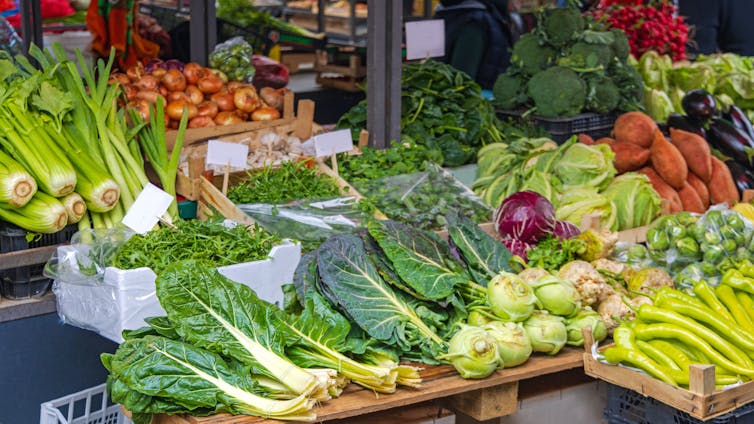
(Shutterstock)
Gender-related labour issues also manifest among consumers in local food systems. These systems often demand more labour from consumers, particularly women. Many of the customers frequenting local markets for fresh produce are women.
Given the additional unpaid care work related to food provisioning in alternative food systems, this can lead to a “third shift” scenario. The “third shift” concept describes the additional unpaid work women undertake on top of their professional responsibilities and household duties when preparing fresh produce.
Improving local food systems
Local food systems offer a vision of a more sustainable food system, but we must confront their labour challenges not only for farm workers, but for virtually everyone involved. The issue raised here is structural.
For decades, the real price of food (the price adjusted for inflation) has declined at the expense of the environment and all those working in agriculture.
The rise of the local food movement has been driven by consumers looking to support more sustainable and ethical food production practices. Many are willing to pay more to support local farms.
However, the higher prices paid for local foods are still not enough to cover the true costs of production, which must include fair wages for farmers and workers. As one researcher put it, local food systems must be able to provide not only good food, but also good jobs. By confronting these labour challenges head-on, we can move closer to a food system that is not only sustainable, but also socially just.
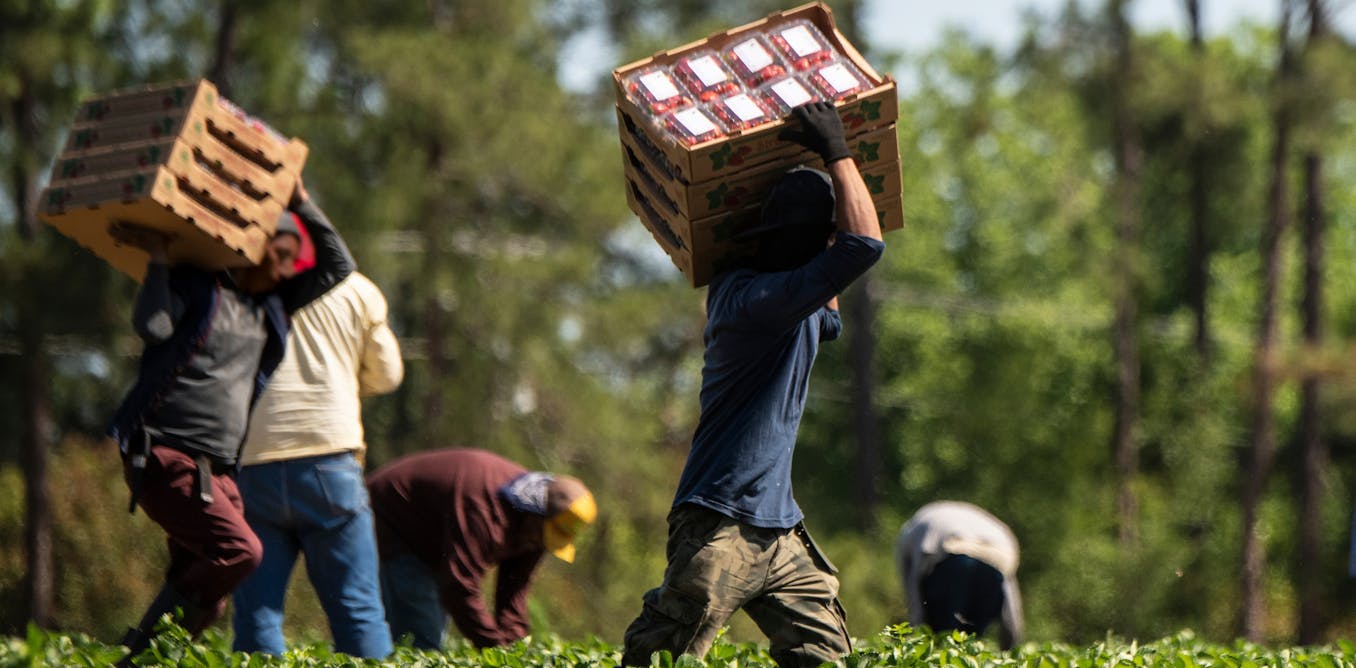
The post “Local food systems need to prioritize job quality alongside ethical food production” by Stevens Azima, Research Professional, Université Laval was published on 06/04/2024 by theconversation.com








